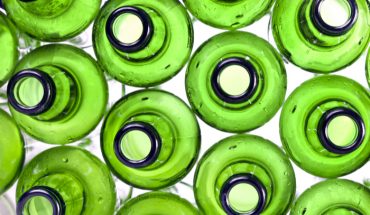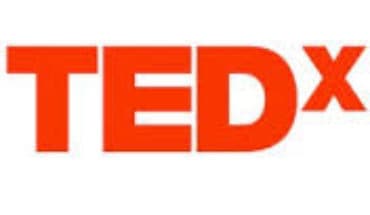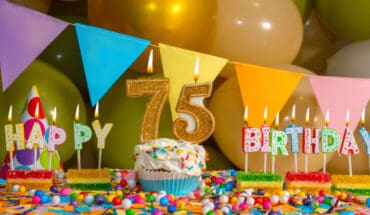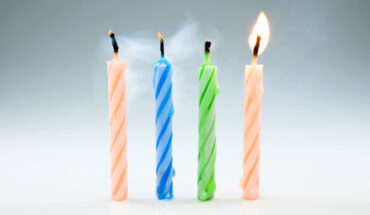Rebecca Wallersteiner banishes Blue Monday by immersing herself in colourful, exuberant and life-affirming art at the London Art Fair, Islington, until 21st January
Blue Monday, (the third Monday of January) is supposed to be the most depressing day of the year, with the come down after Christmas, overspending and the icy cold. However, this is also the week when London Art Fair is held at the Business Design Centre, in Islington, with lots of vibrant colour and striking artworks to lift our spirits. Kicking off the 2024 art calendar with a line-up of over 120 modern and contemporary gallery from around the world, the fair includes the UK’s best art dealers Piano Nobile, Jonathan Clark and Browse & Darby, along with a specially curated display of art from Charleston, the modernist home and studio of the Bloomsbury group painters, featured as the Fair’s annual museum partner. Curator Gemma Rolls-Bentley comments: “I’m fascinated by Charleston and the stories of the creative community that thrived there.” This year Charleston celebrates the upcoming 50th anniversary of the charity set up to preserve their East Sussex home.
The Fair spotlights work by some of the world’s most renowned artists working across a variety of media, including sculpture, prints, paintings, photography and ceramics from well-known artists Lucian Freud, Francis Bacon, Terry Frost, David Hockney and Bridget Riley.
We lives our lives in colour, but each one of us perceives colour differently and how we react to colours depends on our eyesight and our mood. Artists often use colour to explore their thoughts of feeling about the world whether they are working in paint, film or materials.
Vanessa Bell and her husband Clive Bell, who lived and loved experimentally at Charleston in the early 20th century reacted against rigid Victorian conservatism and boring dark colour and instead looked to the Continent and embraced modern living and bright colour, geometric shapes and abstract forms. During the fair Charleston will unveil a selection of artworks along with significant pieces from its collection. These include The Cloak by Vanessa Bell, a painting from 1912, a study featuring Charleston’s farm building by Duncan Grant and a rare and newly conserved work by French artist Simon Bussy of Mansion House, c1902, all of which have never been seen in public outside Charleston before. You’ll also be able to see Duncan Grant’s fireplace screen as well as Omega ceramics from a private collection.
One of the highlights on display at the Piano Nobile stand is Duncan Grant’s boldly painted Still Life with Fruit & Compotier (1919-20).
Although he was an active homosexual, Grant had a relationship with Vanessa Bell that was both creative and personal and he eventually moved in with her and her two sons by her husband Clive Bell. Vanessa Bell fell in love with Grant and wanted a child by him and she became pregnant in 1918. A daughter, Angelica was born. Although their sexual relationship is likely to have ended after the birth of
Angelica, Vanessa Bell and Duncan Grant continued to live happily together for more than forty years. They often painted in the same studio together and provided valuable insight into each other’s work. Grant continued to have relationships with men, most notably David Garnett who would one day marry Angelika and have four daughters with her. As Dorothy Parker famously said about the Bloomsbury Group, they “lived in square, painted in circles and loved in triangles.”
Another gem in the show is Earth Figure (1959), a powerful oil painting by Terry Frost presented by Jonathan Clark. I was lucky enough to interview Terry Frost about his prostate cancer (as well as his art), in Newlyn, Cornwall, in 2003, shortly before he died aged 87 and even though he was very ill, he couldn’t have been friendlier and more helpful. One of the best artists of the 20th century, Frost created paintings and sculpture in playful bold colour that was influenced by a love of the French artist Matisse. In contrast to the privileged Bloomsbury
Group of artists, Frost was working class and had left school aged fourteen. He started to draw in a prisoner of war camp during the Second World War, where he had been interned after being captured by the Germans and never stopped. Five years after the war ended, he became a studio assistant to the sculptor Barbara Hepworth, who influenced his movement towards the abstraction of nature. Frost is renowned for his life-affirming works, full of colour and air, inspired by the Cornish light and sea and reflections on water. He advised that the secret of
long life was “champagne and Guinness.”
Even chronic illnesses can be influenced by colour affecting mood, emotions and energy levels, which might be rather low at this time of the year. Colours can encourage a therapeutic impact. Yellow, for example, is thought to be enervating and promote energy and happiness. Stress may be eased with calming blues and greens and subtle greys, these colours evoke the colours of nature, reminding us of trees, fields, rivers, the sea and summer skies and are popular in hospitals.
De-stress after a pressured week at the NHS with some colour therapy during a visit to the London Art Fair and attend one of the creative events, or workshops being held throughout the fair. If you’d like to go further afield and visit another art fair the BRAFA Art Fair is being held in Brussels between 28th January to 4th February, with a central theme of Surrealism this winter.
London Art Fair 2024 at the Business Design Centre, 52 Upper Street, Islington, London N1 (17-21 January), www.londonartfair.co.uk
- Dance yourself well - 23rd June 2024
- Tipped to win Gold at The Chelsea Flower Show 2024 - 21st May 2024
- Jason and the Adventure of 254 - 5th May 2024





